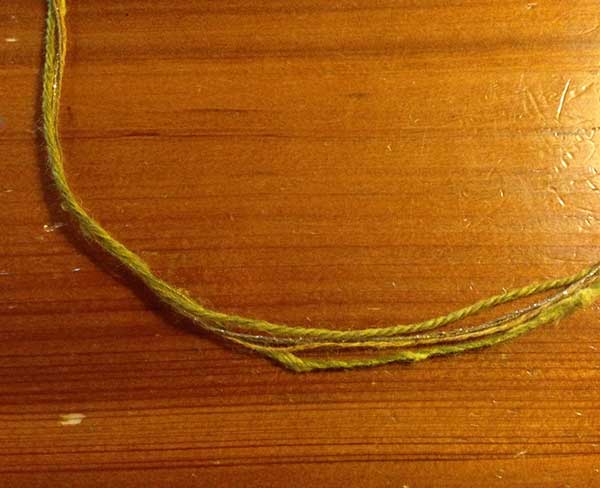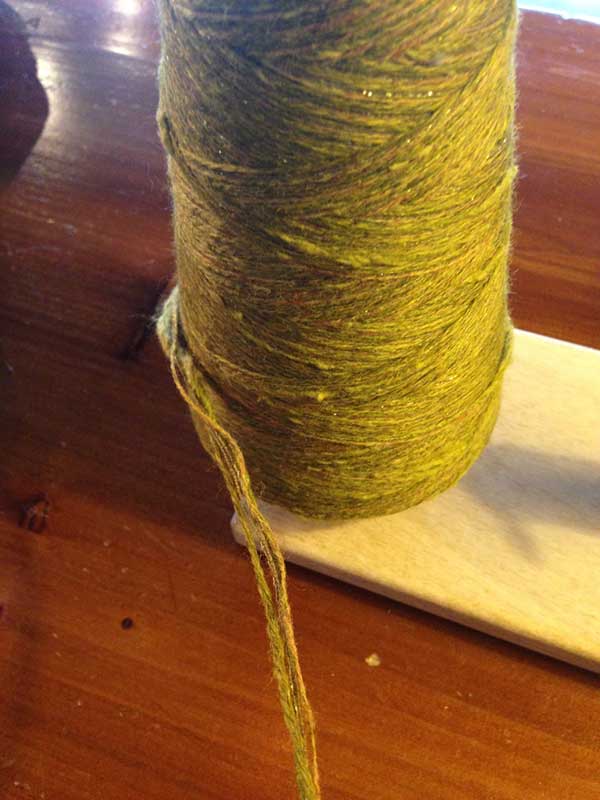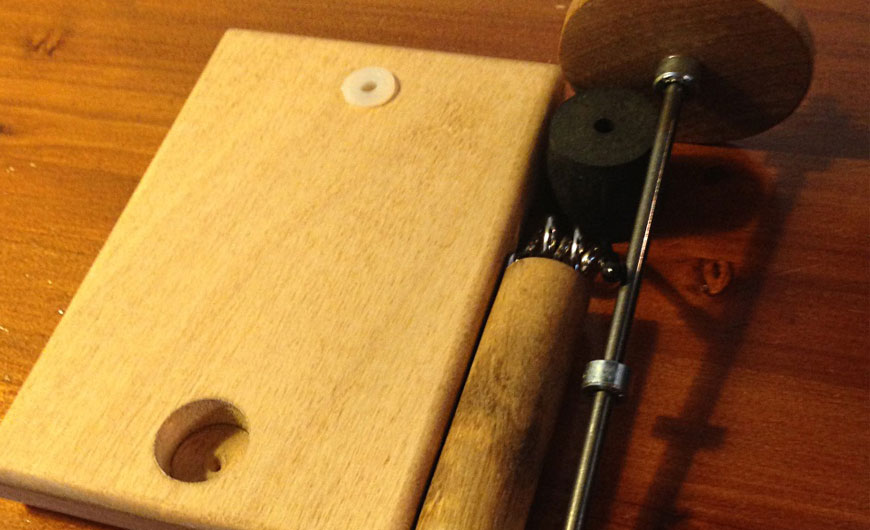
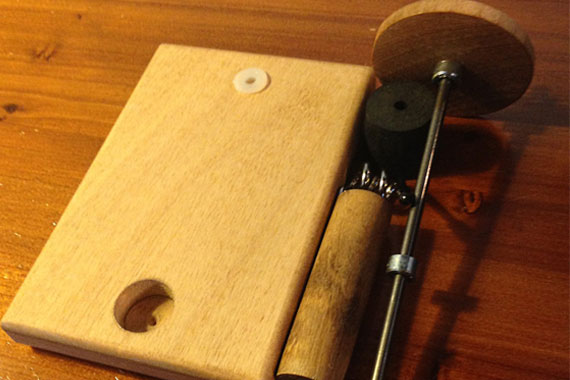
Tools to help with tension issues in stranded yarn
Awhile back, I wrote this blog post which explains some of the issues that can come up when working with stranded, unplied yarn, like the yarn we make at Yarnia. This post offers some great ideas for how to think about and hold your yarn to make those trickier cones a little more manageable (and the Ravelry thread that you’ll find linked to in there has some great homespun tools and techniques as well).
But I also want to let you know that we now carry two new tools at the shop that could be your new best friend if you’ve been frustrated with your unplied yarn.
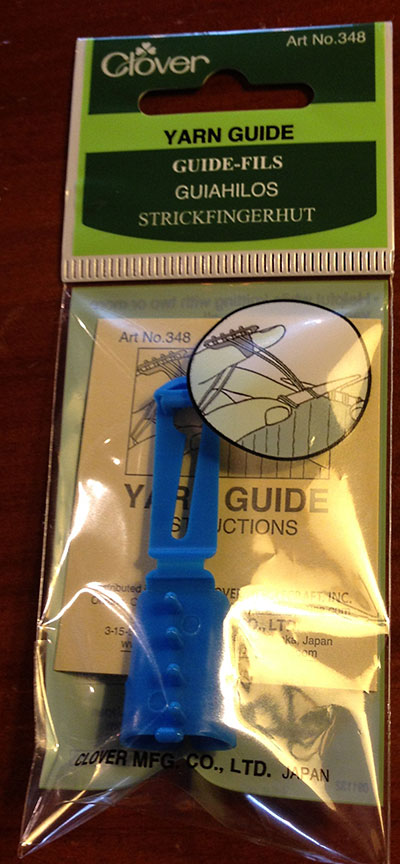
The first — and less expensive — option is to pick up one of these nifty yarn guides. While traditionally meant to help with colorwork (where one also may be carrying multiple strands of yarn at once), they are helpful with our yarn for the same reason. Simply clip the yarn guide around your yarn, a few inches away from your needles. As you knit, the yarn guide will actually keep the strands separated for you.
This sounds counter-intuitive, but because the strands are all passing through the guide at the same time, you know they’ll keep the same tension during those few inches between the yarn guide, and arriving at your needles. (Note: While our yarns may have up to 6 strands, the yarn guide only has 5 “gates” for the yarns to pass through. If you’re working with a 6-stranded yarn, simply have the two most similar strands share a slot.)
Our Yarn Guides are $3.50, and you can purchase them in our Online Shop.
The second tool, the Yarn Pet, is more involved but also guarantees a more fail-safe option for getting your yarn to come off the cone at the same rate that we wound it on.
Here’s what it looks like:
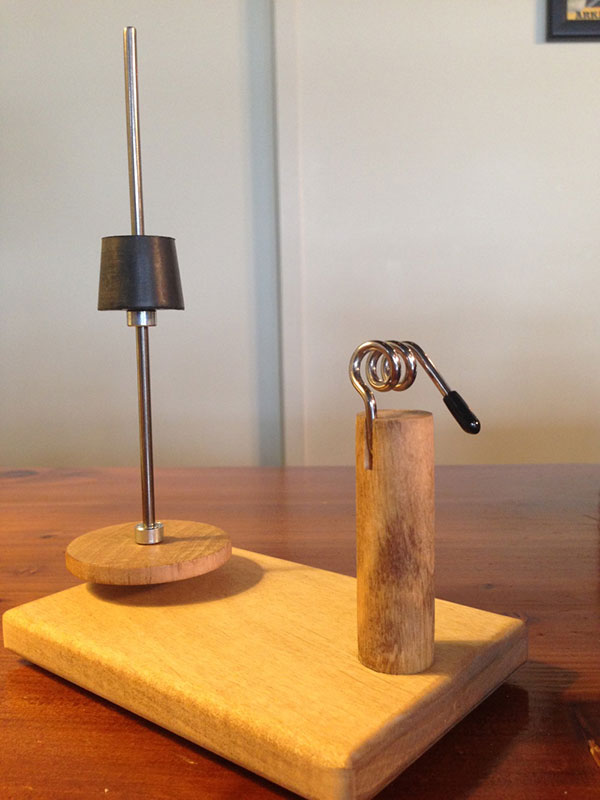
You’ll place your cone on top of that metal rod, allowing the rubber stopper to sit up inside of it and keep it stable. Simply feed your yarn through the pigtail screw, and turn the wooden post so that the yarn becomes nice and taut. Place the Yarn Pet on a table or stable surface in front of you, and begin knitting or crocheting away! As you work, the cone will turn freely, and the tension achieved by feeding it through the pigtail screw will remain even in a way that is difficult to maintain using just your hands.
Here’s an example of how it works:
And a video of the Yarn Pet in action. Look at how even and smooth the yarn is when it comes out the other side!
Though this setup doesn’t fit quite so easily into your notions bag as the Yarn Guide above, it does break down (and set up) very quickly and easily, making it a fairly portable solution if you try it once and get hooked!
We sell the Yarn Pet for $31.50, making it a bit more of an investment, but a worthwhile one if you’ve been having trouble with your strands coming off of the cone at differing rates, or if you use other stranded yarns, or even just like having a nice place for your cones to sit so they remain stable and easy to pull from as you work!
We hope these tools will help you in your knitting and crochet journeys!






